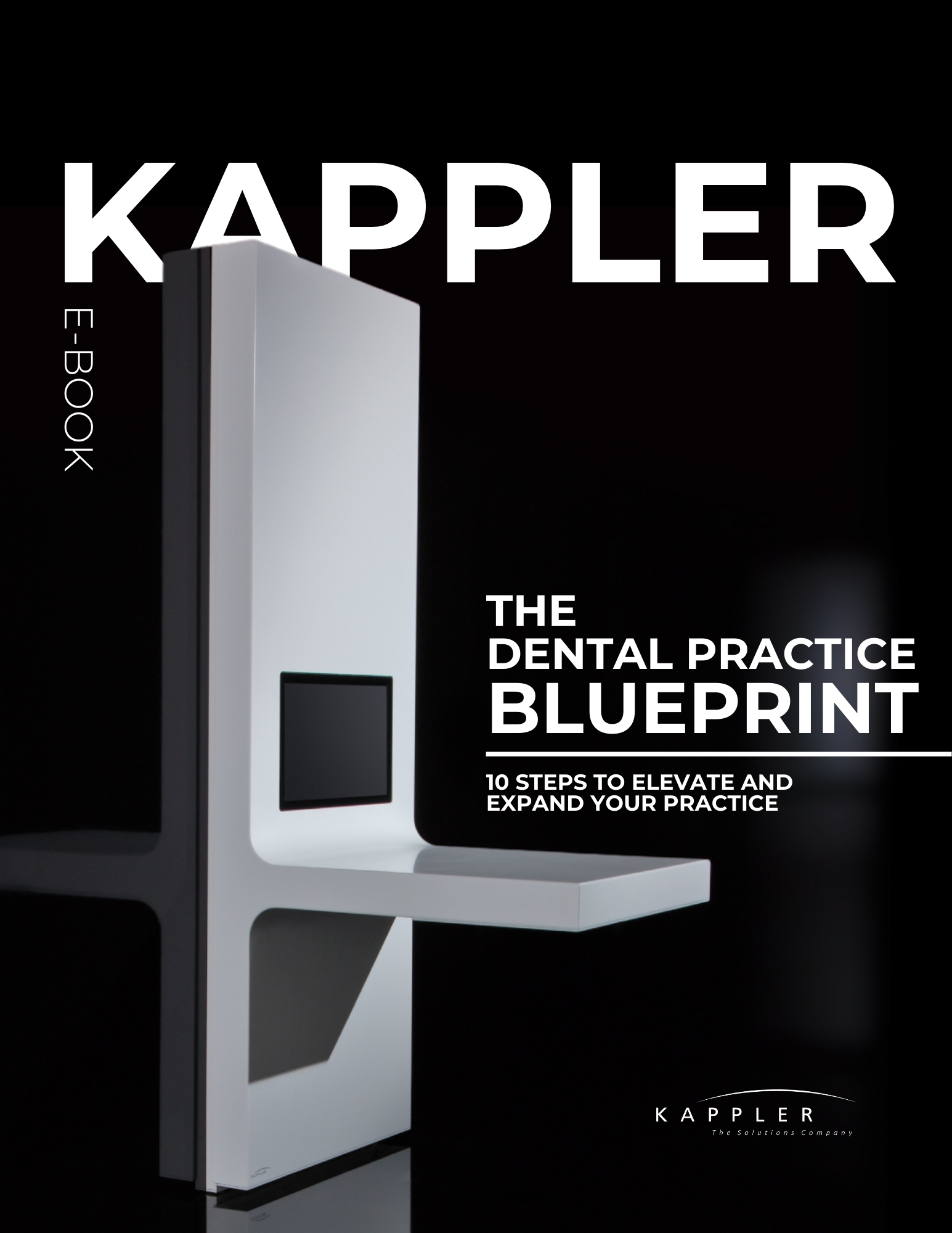
Prepping your home for winter is a winning move, especially when you compare the benefits you’ll receive to the time and effort involved. But doing the job right means following the time-tested tips. We’ll suggest low-cost ideas, discuss winterizing a seasonal home, and take a special look at what pool owners should know when getting ready for the change of seasons. At the end of it all, you’ll know what to do if you want to stay warm and snug when the mercury falls below freezing.
Cheap, Easy Steps Anyone Can Take
Winterizing your home is more affordable than you might think, according to Bob Vila’s website. Many of the steps involved in the process cost almost nothing and take little time to complete. Here are some examples:
- You can slash the amount of heat you’ll lose through your windows as much as 70% by adding a thin layer of window film to the interior panes. This product is inexpensive and available at hardware and home improvement stores coast to coast. It can also help to lower cooling bills in the summer.
- Adding weatherstripping to your doors and windows can block energy-robbing drafts from invading your home. As with window film, this simple step can save you money year-round.
- Installing draft guards along the bottom of your doors is not only practical, it can add an adorable touch to your decor. You can buy draft guards at many mass merchandisers, order them online, or make your own.
- Have a fireplace you don’t use during the winter? Seal it off or plug it, and you’ll enjoy premium comfort at a bargain-basement price. You can use a variety of products to do the job, most of which cost less than a typical restaurant meal for two. Just make sure not to build a fire in the hearth over the winter.
- Caulk the exterior gaps along your windows, and you’ll reap added energy-saving benefits. Caulk and caulk guns are within the financial reach of almost any homeowner.
Winterizing a Home That’s Vacant During the Winter
Keeping a summer home safe from winter’s fury requires a little extra care than prepping a year-round residence. Take these added steps to prevent nasty surprises upon your return:
- Shut off the water supply and drain the pipes if possible. This is easier to do if the home is built on a steep grade.
- Leave the furnace thermostat set at a minimal level to prevent freeze-related damage.
- Have a roofing-pro check the shingles for signs of wear or damage. This usually costs around $500.
- If possible, have a trusted person check the house every 1-2 weeks to make sure all is well.
- Ask law enforcement to drive by the house on occasion. Give the officers your phone number in case they need to alert you of any problems.
Winterizing Your Pool
Swimming pools provide an oasis of cool water and warm family fun during the summer. So keep your pool safe throughout the winter months by following these steps:
- Balance the water to recommended acid/alkaline levels. This is an important first step, according to the Association of Pool and Spa Professionals.
- Clean the pool. This should include a good brushing of all exposed surfaces. Remove leaves and other foreign matter.
- Use a safety cover to prevent anyone or anything from finding its way into the pool while it’s closed for the season.
Winter is well on its way. So get ready for the change of seasons now by using the tips in this post. You’ll look back on the experience as time well spent.
Written By: Paul Denikin
Image by Pixabay
SHARE
Post a Comment
You must be logged in to post a comment.



